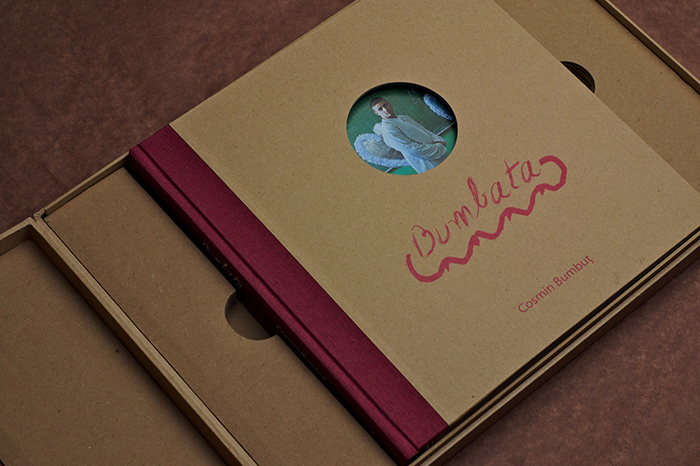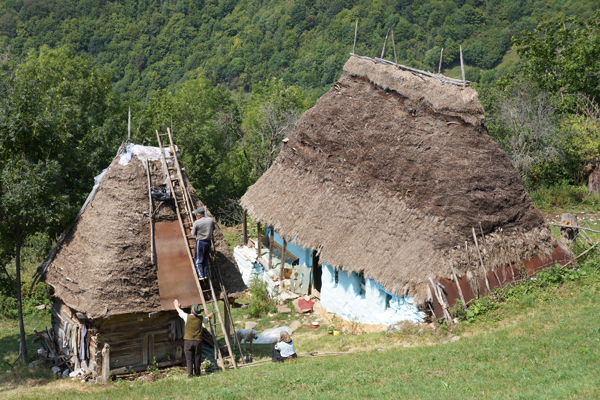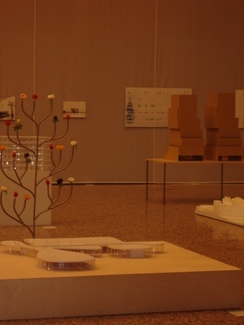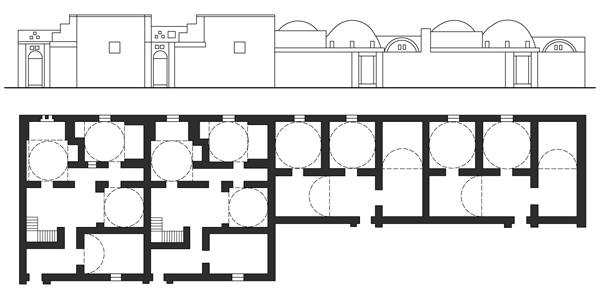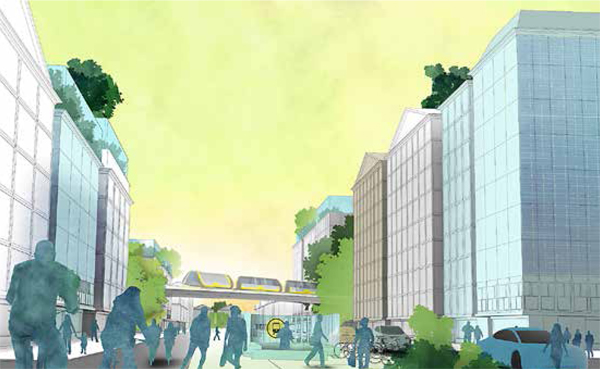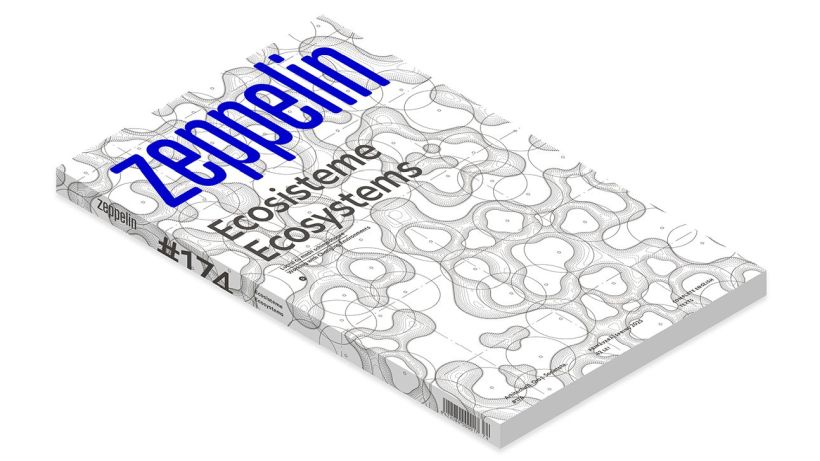Text: Cosmin Caciuc
Photo: Atelier Fabrik
I was reading a funny story: “A game that began with paper planes has received financing worth half a million dollars”. The project in question is called Power Up 3.0, developed by Shai Goitein and the TobyRich company, and it was financed with great enthusiasm by means of the Kickstarter platform: a smartphone app that can control any paper plane from a distance with the help of a tiny electromechanical device.
- Recommend on FacebookTweet about itPost de: Stefan Ghenciulescu
‘What are you staring at us for ? Why are you taking pictures ? Get away from here ! Leave us in peace !’
We saw the homestead at a bend on the road which passes through the Râmeti village in the Western Carpathians. An incredible image : a house, a shed and a barn exactly as they used to be a hundred years ago and which now seem to exist only in ethnographic museums. Three elderly people, patching a thatch roof with a sheet of metal.- Recommend on FacebookTweet about itPost de: arch. Mihai Dutescu
Over the last few years, Timisoara has grown to get close to what it once was in the 70’s, namely a place of youth and alternative cultural events, of avant-garde arts and good architecture. Thanks to groups of local artists, some still students, Timisoara is the yearly host of Studentfest, which makes the martyr-town bloom (also) into new ideas during the month of May. Furthermore, the first edition of “Arhirepublik – days of architecture”, organized by a few student-architects, raised questions on the fate of the town, of the historical urban fabric or of the Romanian public space; it included happenings fined by the constabulary, which have been in fact quite successful, discussions sometimes childish, at others times full of meaning.
- Recommend on FacebookTweet about it
Participationism is a historiographical construct inspired by mid 1960s’ anthropology and social theories. About twenty years before theorizing, by 1945, Hassan Fathy was testing “participationism” within New Gourna project in Luxor, Egypt. The situation was unique: the Egyptian Department of Antiquities was relocating the local population from the endangered area containing ancient ruins, trying to reintegrate people into sustainable tourism circuit through craft activities that they could undertake. To imagine a new fragment of the village, Fathy relied on timeless images of vernacular architecture made out of earth and adobe, i.e. a technology considered “primitive” by locals who actually wanted a “modern” built environment made of new materials available on the Egyptian market at that time. The architect tried to make people rediscover and reinterpret existing typologies and constructive traditions in a natural way. The “owner-architect-craftsman” triad represented the backbone of its social approach. In terms of space, the space room / cell of the space-structure articulated the entire built tissue.
- Recommend on FacebookTweet about it
(about Sustainable cities Conference. Foundations and our urban future)
Text: Constantin Goagea
Among the first 5 in the world in the top of cities to experiment/live in, always as an example in architecture and design debates, to be found in scientific and academic references, or in the political practice, people keep on talking about the Danish model, Copenhagen and how happy its citizens are. I would add that even the mayor of Bucharest recently declared that he would like a copenhagen-ization of our city: bycicles and a smart infrastructure, a statement which we hope to happen. So, something happens again in Denmark, since this year great American and European foundations gathered here in a massive conference, to talk in Copenhagen about their role in a future of sustainable urbanization. The conference would not have explicit topics related to architecture or urban planning, being rather about funding policies and new directions in charity work, but most of the workshops, debates and publications managed to get a mix of visions in which economic growth and urban practice are correlated in a new way.
- Recommend on FacebookThis website uses cookies to improve your experience. We'll assume you're ok with this, but you can opt-out if you wish.Accept Read MorePrivacy & Cookies Policy
Privacy Overview
This website uses cookies to improve your experience while you navigate through the website. Out of these, the cookies that are categorized as necessary are stored on your browser as they are essential for the working of basic functionalities of the website. We also use third-party cookies that help us analyze and understand how you use this website. These cookies will be stored in your browser only with your consent. You also have the option to opt-out of these cookies. But opting out of some of these cookies may affect your browsing experience.Necessary cookies are absolutely essential for the website to function properly. This category only includes cookies that ensures basic functionalities and security features of the website. These cookies do not store any personal information.Any cookies that may not be particularly necessary for the website to function and is used specifically to collect user personal data via analytics, ads, other embedded contents are termed as non-necessary cookies. It is mandatory to procure user consent prior to running these cookies on your website.

